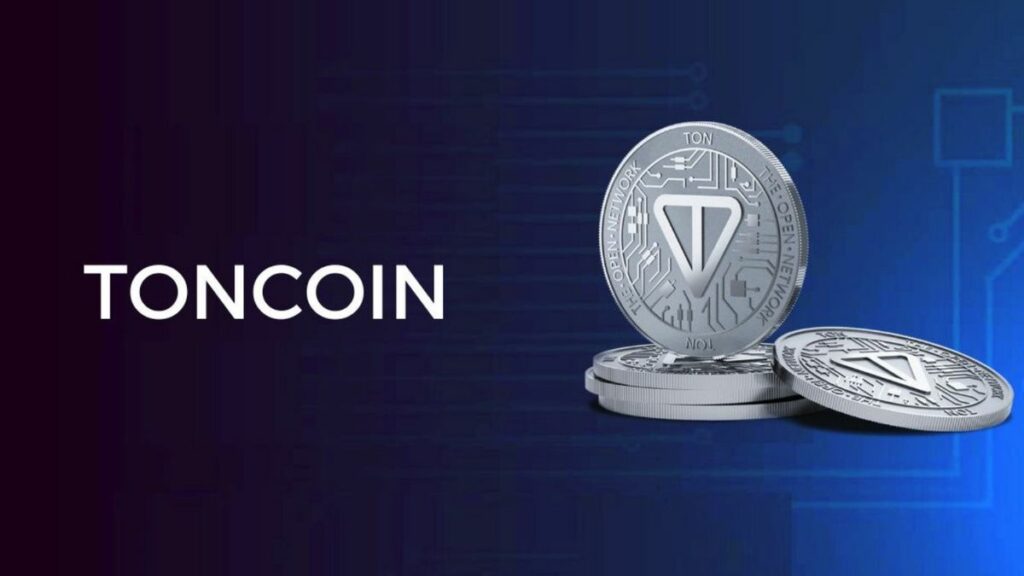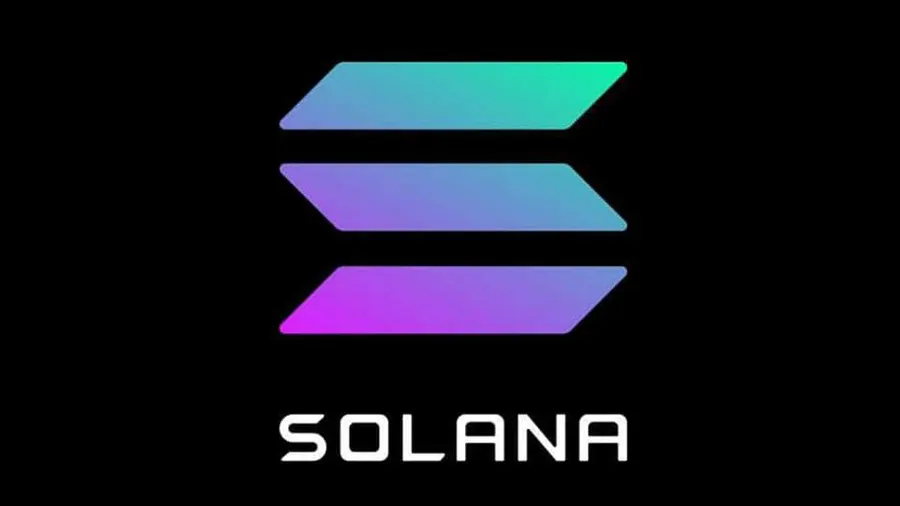Proof-of-stake coins are an excellent way to make your digital assets work for you. Unlike their proof-of-work counterparts, PoS coins create opportunities to earn rewards through “staking.”
This post explores proof-of-stake coins, covering what they are, how they work, and their performance metrics and potential for passive income generation.
What Are Proof-of-Stake Coins?
Before looking at the top picks, here’s a breakdown of what proof-of-stake coins are.
In simple terms, proof of stake is a way for blockchain networks to verify transactions and create new blocks. Instead of using powerful computers to solve complex math problems (like Bitcoin does), PoS networks rely on users who “stake” their coins.
When you stake your coins, you’re essentially putting them up as collateral to help secure the network. In return, you get a chance to validate transactions and earn rewards.
Key Metrics for Evaluating Proof-of-Stake Coins
When assessing PoS coins, investors should consider several critical factors:
- Market Capitalization and Trading Volume
- Minimum Staking Requirements
- Staking Yield (Annual Percentage Yield or APY)
- Return on Investment (ROI)
- Staking Ratio
It’s crucial to note that while APY is important, ROI provides a more comprehensive picture of a coin’s performance as it accounts for price fluctuations in the underlying asset.
Top-Performing Proof-of-Stake Coins in 2024
Let’s examine some of the leading proof-of-stake coins based on data from Bitcoin Market Journal:
1. Solana (SOL)
- Market Cap: $65.5 billion
- Staking Ratio: 65%
- APY: 7.03%
- 1-Year ROI: 565.37%
Solana has demonstrated remarkable performance, boasting the highest 1-year ROI among the analyzed coins. Its high-speed blockchain and low transaction fees have contributed to its popularity in the DeFi and NFT spaces.
2. Ethereum (ETH)
- Market Cap: $372.3 billion
- Staking Ratio: 27%
- APY: 3.09%
- 1-Year ROI: 64.32%
Ethereum, the second-largest cryptocurrency by market cap, transitioned to PoS in 2022. Despite a lower APY compared to some competitors, its established ecosystem and ongoing developments make it a significant player in the PoS space.
3. Cardano (ADA)

- Market Cap: $13.5 billion
- Staking Ratio: 65%
- APY: 2.9%
- 1-Year ROI: 31.19%
Cardano, known for its research-driven approach, offers a modest APY but has shown positive ROI over the past year. Its high staking ratio indicates strong community participation.
4. Polkadot (DOT)
- Market Cap: $8.8 billion
- Staking Ratio: 58%
- APY: 11.43%
- 1-Year ROI: 19.46%
Polkadot stands out with its high APY of 11.43%. Its unique approach to blockchain interoperability has garnered attention, though its ROI lags behind some competitors.
5. Avalanche (AVAX)
- Market Cap: $10.5 billion
- Staking Ratio: 58%
- APY: 7.45%
- 1-Year ROI: 85.3%
Avalanche has shown strong performance with a high APY and impressive ROI. Its focus on speed and low transaction costs has made it a popular choice for DeFi applications.
6. Toncoin (TON)

- Market Cap: $18.4 billion
- Staking Ratio: 24%
- APY: 2.95%
- 1-Year ROI: 432.46%
Toncoin, the native token of The Open Network (TON), has shown remarkable performance over the past year. Despite a relatively low APY, its impressive ROI makes it a standout among PoS coins. TON utilizes a shared version of the PoS mechanism and TON Virtual Machine, allowing it to manage workchains, masterchains, and shard chains for parallel transaction processing.
7. Celestia (TIA)
- Market Cap: $1.4 billion
- Staking Ratio: 69%
- APY: 10.77%
- 1-Year ROI: 246.99%
Celestia is a newcomer to the PoS scene, having launched its mainnet in October 2023. Despite its youth, it has quickly gained attention in the crypto community.
Technical Considerations for Staking
- Staking Pools vs. Solo Staking:
Many PoS networks require significant capital for solo staking. For instance, Ethereum requires 32 ETH (approximately $96,000 as of August 2024) to become a validator. Staking pools offer a lower barrier to entry, allowing investors to participate with smaller amounts.
- Validator Node Requirements:
Running a validator node often requires specialized hardware and technical knowledge. For example, Solana nodes need at least 256GB of RAM and 16-core systems, highlighting the complexity of solo staking for some networks.
- Restaking and Compound Interest:
Advanced staking strategies, like restaking through protocols such as EigenLayer, can potentially increase yields. However, these strategies also come with additional risks, such as slashing penalties.
Conclusion: Top 5 Proof-of-Stake Coins
While proof-of-stake coins offer attractive opportunities for passive income, it’s crucial to conduct a thorough technical analysis before investing.
Factors such as market cap, staking ratio, APY, and historical ROI should all be considered. Additionally, understanding the technical requirements and risks associated with staking is essential for making informed investment decisions in the dynamic cryptocurrency market.
Interested In Trading The Market With A Trustworthy Partner? Try LonghornFX Today.
- Broker
- Min Deposit
- Score
- Visit Broker
- Award-winning Cryptocurrency trading platform
- $100 minimum deposit,
- FCA & Cysec regulated
- 20% welcome bonus of upto $10,000
- Minimum deposit $100
- Verify your account before the bonus is credited
- Fund Moneta Markets account with a minimum of $250
- Opt in using the form to claim your 50% deposit bonus
Learn to Trade
Never Miss A Trade Again

Signal Notification
Real-time signal notifications whenever a signal is opened, closes or Updated

Get Alerts
Immediate alerts to your email and mobile phone.

Entry Price Levels
Entry price level for every signal Just choose one of our Top Brokers in the list above to get all this free.








